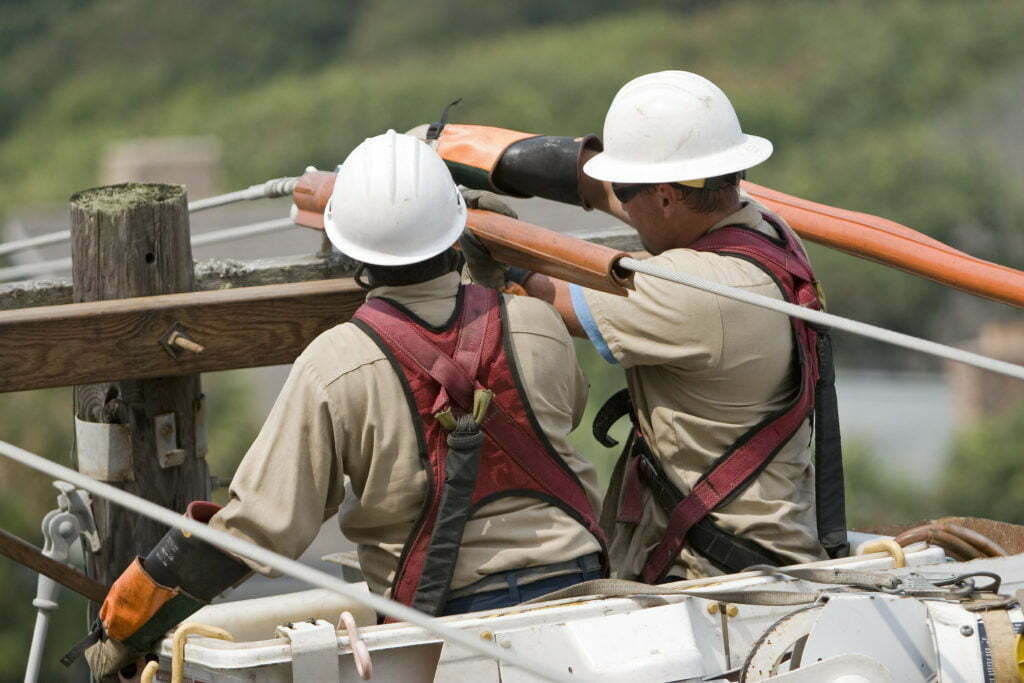Tips for Emergency Management: Communicate with Utilities Early and Often
During a long-term power outage, communications with utility companies often present one of the biggest challenges for local emergency management agencies. Use these tips to build and maintain a relationship with the local utility that allows for an open flow of information before, during and after a weather-induced power outage.
Maintain your relationship with utilities before and between disasters.
- People, personnel and expectations need to be well-known. Hold regular meetings with your utility company to discuss incident management.
Share your emergency operations plan (EOP) to establish clear roles and responsibilities.
- Coordinate and share your EOP before a disaster to ensure utilities don’t infringe on emergency management responsibilities.
- Know the utility’s expectations before a disaster – the resources they can provide to you and the assistance they expect from you.
Be aware that your non-emergency points of contact in the utility may not be available during an emergency.
- Your non-emergency point of contact may have a role in the utility’s EOP; know this ahead of time, identify your disaster contacts and build a relationship with the contact that will assist you directly in a disaster.
Ask your public utilities commissioner (or the public utility regulating agency) to assist with communications between your locality and the utility.
- Because the commission oversees utilities, they may be able to better manage requests for information, such as restoration estimates for power or critical infrastructure.
Cross-check your special-needs population list with the utility’s special-needs registry regularly.
- Establish your special needs population list and work with a medical professional to prioritize the list.
- Make sure you have access to the utility’s special needs registry before an event; cross-check your list regularly with the utility’s, and have a system in place for the utility to provide constant status updates on special-needs residents throughout the power outage.
Work with your utility to prioritize their critical infrastructure restoration list.
- Utility companies are required to keep a critical infrastructure list, such as hospitals, nursing homes and facilities to support first responders. Work with the utility company before a disaster to ensure the list is prioritized based on importance using a tiered system.
- Identify “single point of failure” items – like a major sewage line – that need immediate attention during an event.
- Make sure your agency stays up-to-date on the status of critical infrastructure throughout a power outage.

